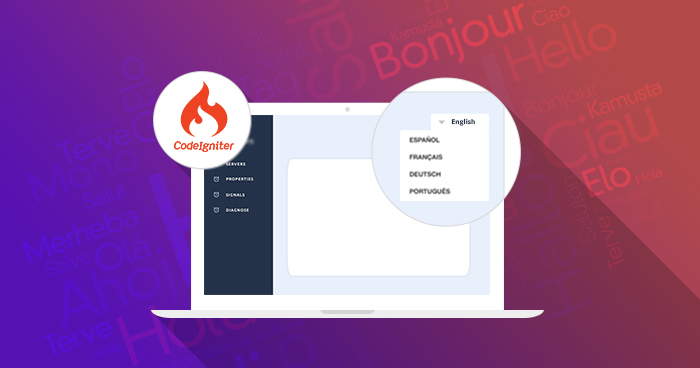Building a Multi-Language Website with CodeIgniter: Techniques for Creating a Multilingual Site
In today's global digital landscape, building websites that support multiple languages is no longer a luxury—it's a necessity. Whether you are running a blog, an e-commerce store, or a corporate website, catering to users in their native language enhances user experience and accessibility. Fortunately, CodeIgniter, a lightweight and powerful PHP framework, offers robust tools for creating multilingual websites. In this blog, we'll walk through the key techniques to build a multi-language website using CodeIgniter.
Why Go Multilingual?
Before diving into the implementation, let’s look at why multilingual websites matter:
- Broader Reach: Access new markets by speaking users’ native languages.
- Improved User Experience: Users are more likely to engage with content in their language.
- SEO Benefits: Multilingual SEO can drive more organic traffic from different regions.
- Competitive Edge: Stand out among competitors by offering personalized language support.
Core Concepts in CodeIgniter for Multilingual Support
CodeIgniter provides built-in support for localization through its Language Class. This class allows you to load language files dynamically based on user preference.
1. Language Files
Language files in CodeIgniter are PHP files that return an associative array of key-value pairs representing translations.
Example:
- application/language/english/site_lang.php
- application/language/french/site_lang.php
Step-by-Step Guide to Create a Multilingual Site
Step 1: Create Language Files
Create a site_lang.php file in each language folder under application/language/. Each file should contain translations for all the phrases used in your application.
Step 2: Load Language Files in Controller
In your controllers, load the language file based on the selected language:
You can retrieve the value using:
Step 3: Detect and Set User Language
There are several ways to detect and set the user’s preferred language:
- Based on a URL segment (e.g., example.com/en/home)
- Based on browser settings
- Stored in a session or cookie
Example using URL segment:
Step 4: Language Switcher
Allow users to switch languages via links or a dropdown menu. When clicked, these should change the language segment in the URL and reload the page.
Bonus Tips
- Routing: Customize routes to handle language prefixes cleanly using routes.php.
- Helpers: Create a helper function to fetch translations easily in views.
- Consistent Key Naming: Maintain consistent keys across language files to avoid missing translations.
- Fallbacks: Handle missing translations gracefully using default language fallback logic.
Example Directory Structure
Conclusion
Creating a multilingual site with CodeIgniter is straightforward thanks to its built-in language management features. By organizing your language files, setting up dynamic language detection, and offering users the ability to switch languages, you can significantly improve the accessibility and reach of your website.
Whether you're targeting a global audience or serving a bilingual community, multilingual functionality is a powerful addition to your web project. With CodeIgniter, it’s both efficient and scalable.















